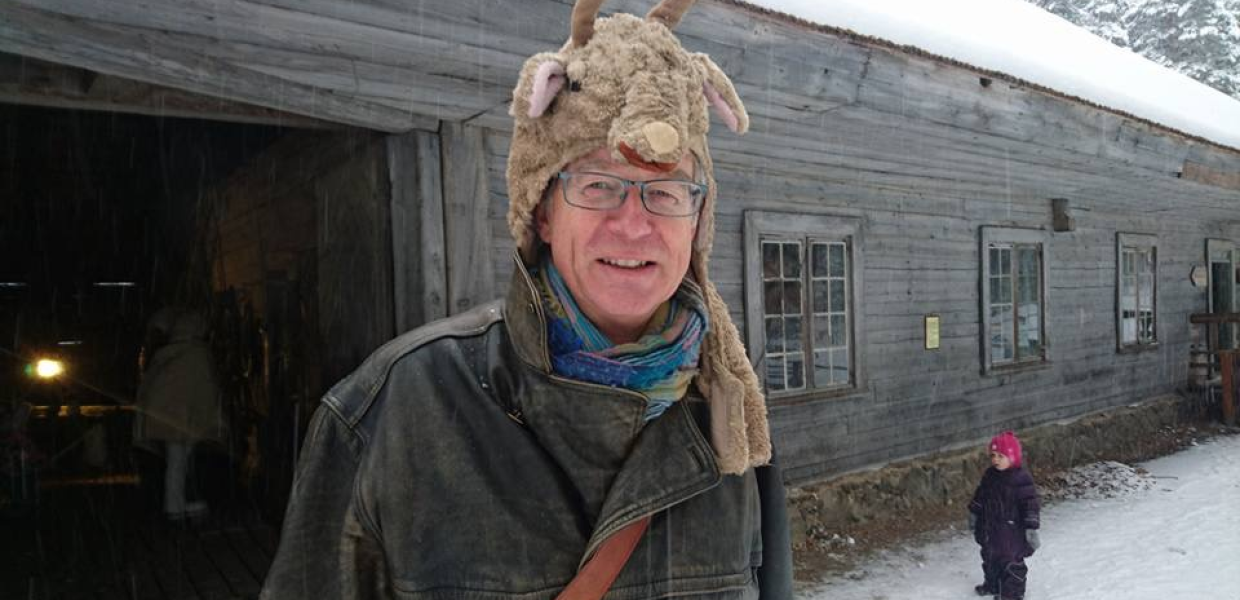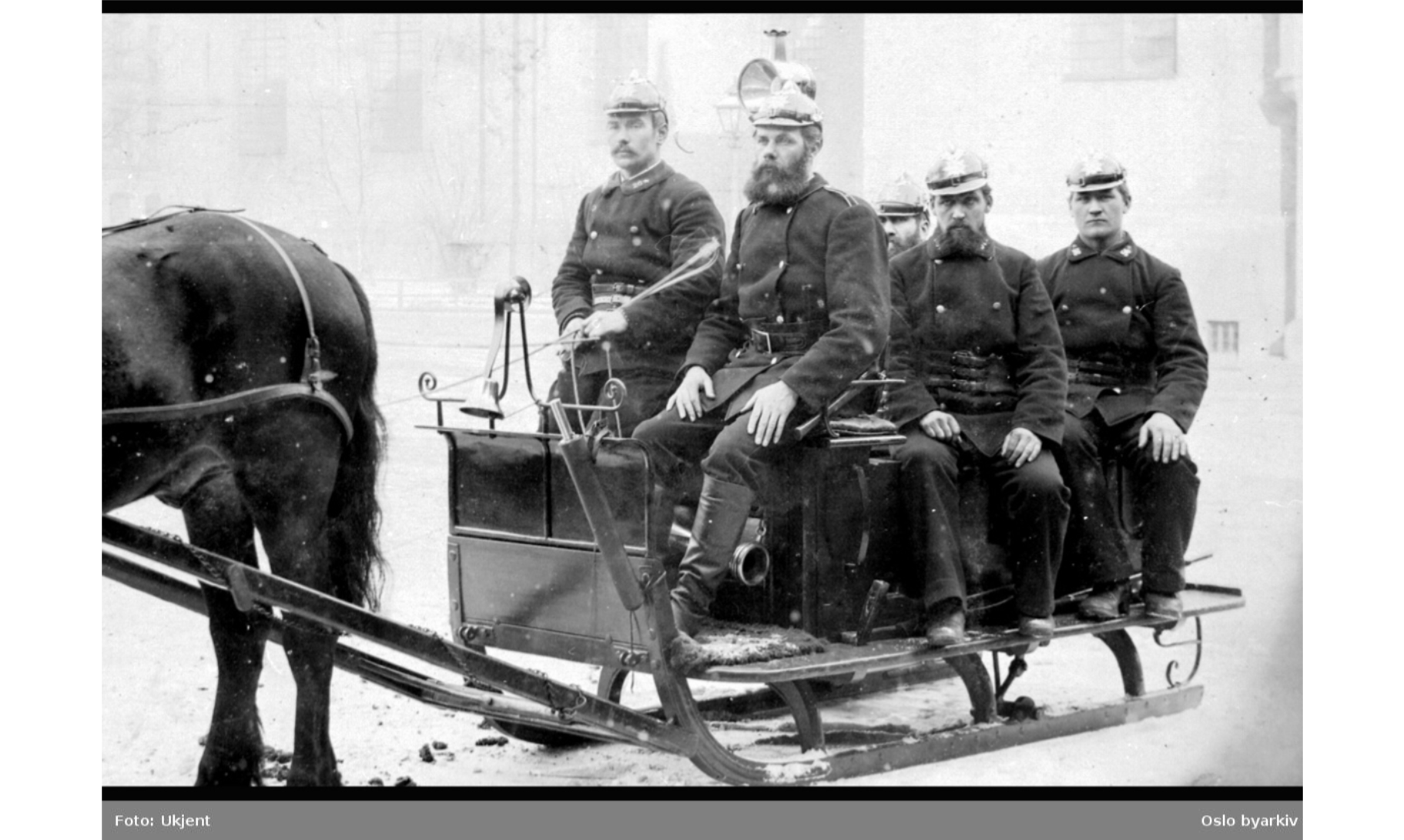Meet the Member Council: Lars Rogstad
Hear directly from each of your elected Members Council representatives, and get to know them a little better.

- Title:
- The Martin’s Day 2016, Latvian Ethnographic Open-Air Museum. Photo: Berit Norum
- Creator:
- Berit Norum
My passion for open data started when I was working at Statistics Norway as the project leader for a new dissemination tool called StatBank Norway. It was developed in strong cooperation between the Nordic statistical agencies, and I experienced how efficient and fruitful international cooperation could be.
From Norvegiana to Europeana
I studied at Norwegian University of Life Sciences, and I hold a Master of Science in Ecology and Environmental Economics. I have been working with electronic dissemination of cultural heritage data for several years, first with the City Archives of Oslo (since 2006), and the Arts Council Norway, where I worked as a Senior Advisor of Digital Museum Practice from 2012. Last October, I started to work as an Information Architect for the Norwegian Directorate for Cultural Heritage.
My work at Arts Council Norway centred around opening up the digital collections of Norwegian museums. An important tool in this work was ‘Norvegiana’, which can be seen as a national equivalent to Europeana. By the end of 2017, there will be about 7.8 million objects in Norvegiana, from more than 300 data providers. Cultural heritage data on Norvegiana can be accessed via an open API. It can be used and developed to create new services for business, tourism, and education, or exported into the international arena, such as Europeana.

Firefighters on horse sledding, 1890, Oslo City Archive, CC BY-SA
Towards a strong ecosystem
In Norway, many museums share and publish their data via the DigitaltMuseum portal, which currently holds about 2 millions objects. The main access point for this data should be the DigitalMuseum API – not Europeana. But Europeana can play an major role in training and developing best practices, standards and guidelines needed to improve this service.
As a Councillor, my main ambition is to urge Europeana to keep developing as an infrastructure working tightly with the national aggregators and other data providers. Europeana must be seen as a partner which helps and supports national data providers - and not the other way around. It means that both domain and national aggregators should be considered strong and efficient data managers that Europeana will support in their basic work on cultural heritage data. I believe the ‘core’ work had be be done locally by the different databases. This is why I want to help shaping long term strategic goals for Europeana. Should Europeana exist as the preferred platform and portal for European cultural data? Or should it be used as a tool for the ongoing work in the different countries and projects?
While we are trying to shape a strong ecosystem, Europeana has proven to be an important community for discussions and improvement in the field of digital cultural heritage.
#AllezCulture!

